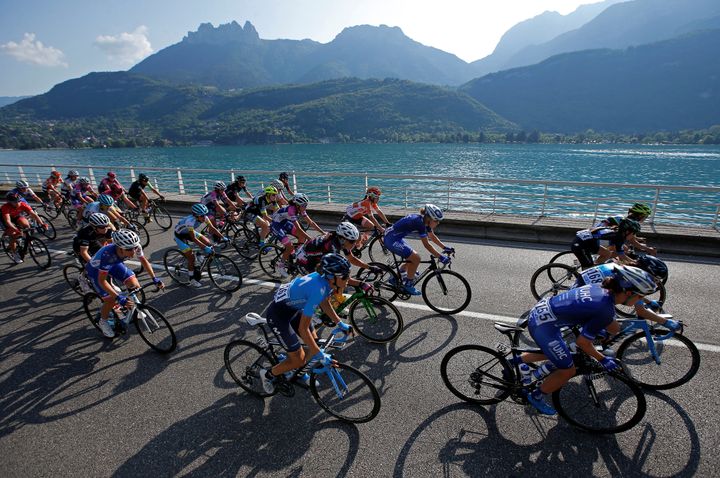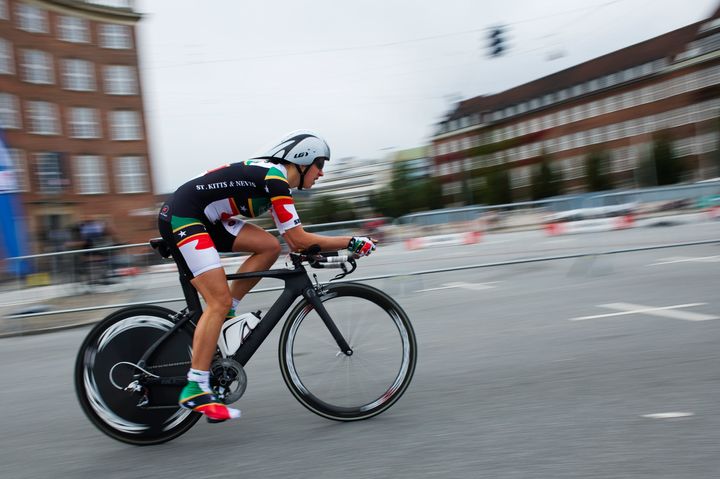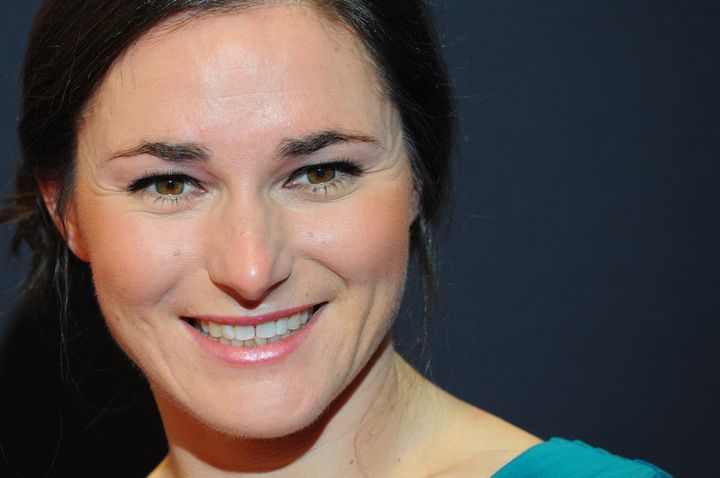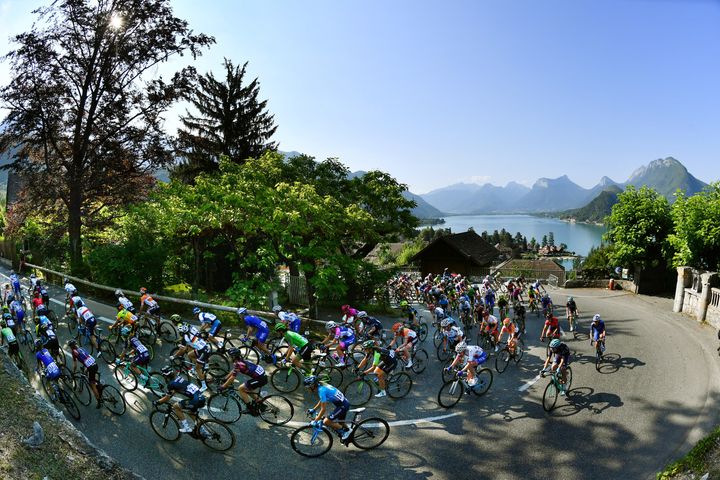For cycling fans around the world, the 21-day Tour De France is one of the highlights of the sporting calendar. But only for male participants.
Women still do not have an equivalent race and instead have been resigned to piggy-backing with the female La Course - a race, which this year only consisted of one single 112.5 kilometre stage, a reduction from last year’s two day course.
Despite 2018′s La Course being regarded by many commentators as the most exciting edition yet, the Giro d’Italia is currently the longest and toughest women’s stage race at 10 days long.

Although La Course is organised by the Tour De France and ridden on the same roads as the men’s stage ten (albeit with two big climbs taken out) it is widely regarded as not offering the same opportunities.
Former cyclist Kathryn Bertine, who helped found campaign group Le Tour Entier to press the case for a women’s Tour, describes La Course as “throwing women a token”.
She told BBC Sport: “It should be a five to 10-day race minimum by now... they probably don’t even see it as sexism.”
And given La Course gets more and more exciting each year (not to mention being an excellent showcase for female cycling), this has led to renewed calls for the race to be expanded into a longer format, like the men’s.

Dame Sarah Storey, track racing cyclist and Paralympic gold medallist, appeared on Newsnight to explain why women should have their own version of the race.
Describing the Tour as the most “iconic stage race on the planet”, she said that women weren’t getting the stage that they “deserved” to be on and having one would give them a “level playing field”.
Some have asked why women need the same event as men and have queried why they can’t have their own marquee events instead.
In answer to this, Storey said that women currently have equal cycling opportunities (and chance to share the infrastructure, investment, media resources and crowds drawn to the men’s events) for Olympic and Commonwealth cycling. But this has not transferred to the Tour.

However, Storey does not believe that instantly offering women a 21 day Tour, identical to the male equivalent, would be the best solution.
She said women would need time to alter their training regimes but there is no reason they couldn’t do a longer race after adjusting.

There have been people who have criticised the idea of a women’s Tour, including one of the leading riders in the women’s peloton, Kasia Niewiadoma.
Niewiadoma told The Telegraph it would be “impossible” for a woman to do the full three-week grand tour like the men, arguing you “cannot deceive nature”.
But we have done this before. The Tour De France Féminin was the curtain raising event for the men’s race from 1984 to 1989 and spanned three weeks, with the women’s courses running alongside the men’s.
But after a long struggle with securing commercial sponsors, the women’s Tour was eventually phased out.
And with former British cyclist Nicole Cooke telling a parliamentary select committee just last year that cycling is still a sport “run by men, for men”, we might be waiting a long time for any change.